East Coast Country Royalty -Chuck McDermott Interview By: Liam Sweeny
Written by Staff on November 18, 2021
There is something in music that’s greater than three chords and 4/4 time. Okay, so even within music there’s something better than that. But what I mean is that, what comes from voices and instruments really summons a thing, a spirit, if you will, and those who take up their voices and those instruments conjure up a magical space we collectively refer to as a scene.
Chuck McDermott, a country and Americana performer, known notably for his influential country group Chuck McDermott and Wheatstraw and his time with legendary singer/songwriter John Stewart.
We sit down with Chuck to wade through the creative ephemera.
RRX: Your most recent album, correct me if I’m wrong, is 38 Degrees and Raining. It’s got such a full sound. It speaks of forty years in music, truly. The fiction writer in me just put the album in my soundtrack setlist, and the interview writer in me has to ask how long this actually took you to put together? Take us inside this album.
CD: We went into the studio in the very early days of January 2020. Leading up to that, for the three months prior, drummer and producer Marco Giovino and I collaborated about what songs to select for recording, and then above and beyond that, getting down into changing keys, changing tempos, changing chord structures, changing lyrics in some cases. But we gathered in the studio with Marco on drums, a wonderful Boston-area guitarist, a bass player and myself, and over the course of two days, we cut nine basic tracks. Then we began the process of doing selective overdubs of background vocals and other instrumentation.
That came to a screeching halt by about March 8th, when the Covid crisis was obvious and the lockdown had begun. And that fundamentally altered the course of the record. So over the next couple of months, we found ways to collaborate at a distance from each other. I started doing some guitar work and some vocal work from home, Marco farmed out track to other musicians to get their contributions. Down in Nashville and the case of the piano player we worked with from London. Then the more completed tracks began to come together. Some were going to require a sufficient amount of work that we just set them aside. So that refocused us on a shorter list of songs that would actually end up on the record. During this period of time, I also wrote a new song, called “Here’s the Thing About America” that we assembled, again, at a distance from each other. In a way, it’s created an emotional centerpiece for the album itself.
RRX: You started out, maybe not completely, not in a more noteworthy sense, with Chuck McDermott and Wheatstraw out of the Boston area. Critical praise from on high; you all were big, for a long time, about ten years. Being a country band in Boston, did you have any challenges breaking out at first? What was it like?
CD: There was good news and bad news associated with being a country band from Boston. And we weren’t just a country band from Boston; we were a bunch of long-haired rock-and-roller college dropouts as a country band. The good news was, the Boston area, and the neighborhood itself, was very fertile ground for performing bands. There were many, many nightclubs in the Boston area, live music five- or even seven nights a week. There is a huge college-aged crowd in the greater Boston area, and again, one throughout New England. All of those schools and related venues had an appetite for live music. So we could work a lot. That was the good news. And that led to some significant regional popularity. At the heart of it all, we were touring from Toronto to New Orleans, playing better and better venues, and being an opening act for many of the national country acts coming through the region, and things like that.
And that let us get a foothold into an emerging country scene in New York City, in Manhattan, which centered around a now-legendary bar called the Lone Star Café. And we were able to get the A&R people, the record company people in New York in to see our band and the enthusiasm that we could generate, and the crowd, and they would be excited by that, and promised to bring their Nashville counterparts, and to see us the next time we were in town, and nothing came through on that promise. But inevitably, the Nashville reps just couldn’t get their heads around signing a band like ours. Again, we were Yankees, we looked like hippies, and Charlie Daniels wasn’t even welcome in Nashville at this time because he had a raggedy long haired band with him. And Willie Nelson and Waylon Jennings left town, and went back to Texas. And there was a real cultural dividing line in Nashville, and we could never get through that.
RRX: You spent another ten years playing with legendary singer and songwriter John Stewart. John, and you yourself, made major contributions to folk and Americana music during that time, and when you had first encountered John, he had already made significant contributions. What was John like as a musician? As a friend?
CD: One of the most rewarding experiences I’ve had in my life is the friendship I shared with John and his mentorship, that I enjoyed from the time we met until the time he died. On the music side, John was a prolific, inspired songwriter. He was a living example of the fact that, if you want to write your best work, get whatever the best that’s within you, you have to remain intensely focused on songs, songwriting, themes, all that goes into creating a song. John was one of those “true artists,” meaning that he might write a couple songs in a given day. And then he’d never find his car keys. His brain worked in its own unique way, but it produced a body of songwriting that stands up against anybody’s.
On the personal side, where John could be incredibly funny, onstage, for instance, and have wonderful interactions with the audience as a performer, he was, in fact, an introvert. He was more comfortable in a very small group, or one-on-one with somebody, or in fact being alone. And that would, at times, create a challenge for him as a touring musician because your fans want to spend time with you and things like that, but it was just more exhausting for him than it might be for someone else. And he’s not alone amongst the famous musicians that I’ve been around. They can be really excellent at their craft, but at the same time, they might be quite private people.
But he and I, for some reason, developed a very trusting friendship, and I miss him so deeply because he was a fascinating person to talk to. He became a godfather to my daughter, and we just shared a lot of time together.
RRX: I listened to an interview you did with our own champ Rob Smittix, and you mentioned the Lone Star Café in New York, where you performed for people like Andy Warhol, Kurt Vonnegut, and, one one occasion, Johnny Cash and June Carter. Can you describe that atmosphere, and, of course, meeting Johnny and June?
CD: The Lone Star was a magical place. Before it became a music venue, it had been a Schrafft’s restaurant, and it was laid out in a very long, rectangular footprint. And there was an upper balcony that- you never would’ve designed a music club and put it in that footprint. But that’s what this became. And, like often happens with music venues, everything that was wrong about it ended up being what was right about it, in that there would be a row of people. The band was about four feet from the bar. So people entering had to walk in front of the little bandstand and down into the seating area, or have a seat at the bar, if there was one, which there usually wasn’t come showtime, but despite all of that, it just became, for a number of years, kind of the place to go in New York.
There was always a great crowd. We often played Thursday through Sunday, we’d stay through Saturday, something like that; you’d get down there and set up, and be there for several nights. And the club drew its own crowd, and we started growing our own crowd on top of that, which was nice. And then New York being New York, you never knew who was going to wander in. And people did wander in. We’d be setting up in the afternoon and it’d be Doc Pomus, singer-songwriter. Sitting there alone, kind of holding court. You could sit down and talk to the man. By showtime there would be Dennis Hopper. I remember getting into a very animated conversation with Robert Duvall, as to who is the greatest living American male country singer, Merle Haggard or Waylon Jennings. He was voting Haggard, I was voting Jennings. We declared it a toss up.
The Saturday Night Live crew, the original cast; Gilda Radner, Belushi, Ackroyd, Chevy Chase, they’d come down after their show on Saturday night and be ready to have fun. Literary figures; Kurt Vonnegut was not an infrequent guest. Andy Warhol was there a couple of times when we played the venue.
Meeting Johnny Cash, that was a special thing. It’s like meeting Abe Lincoln or something. He’s a big man, he carries a highly dignified gravitas. He and June and Carlene Carter Cash were seated at a table on the upper balcony, right at the edge of the balcony, right down on us. And I didn’t really notice them at first. When we finished our set, my manager came over and said, “Johnny and June Cash are here. Come upstairs and meet them.” I followed him up, and we approached their table, and Cash stands up and turns around and literally it was like meeting somebody from Mount Rushmore.
I told him what a pleasure it was to meet him, and then to his wife and daughter, and then he said, “You all sound really wonderful tonight, son.” I thanked him for expressing that, and for coming, and after that, I didn’t know what to do. I still get goosebumps when I relive that moment. And they stuck around for the rest of the second set, about two more hours, which I decided to take as a compliment, and that was that.
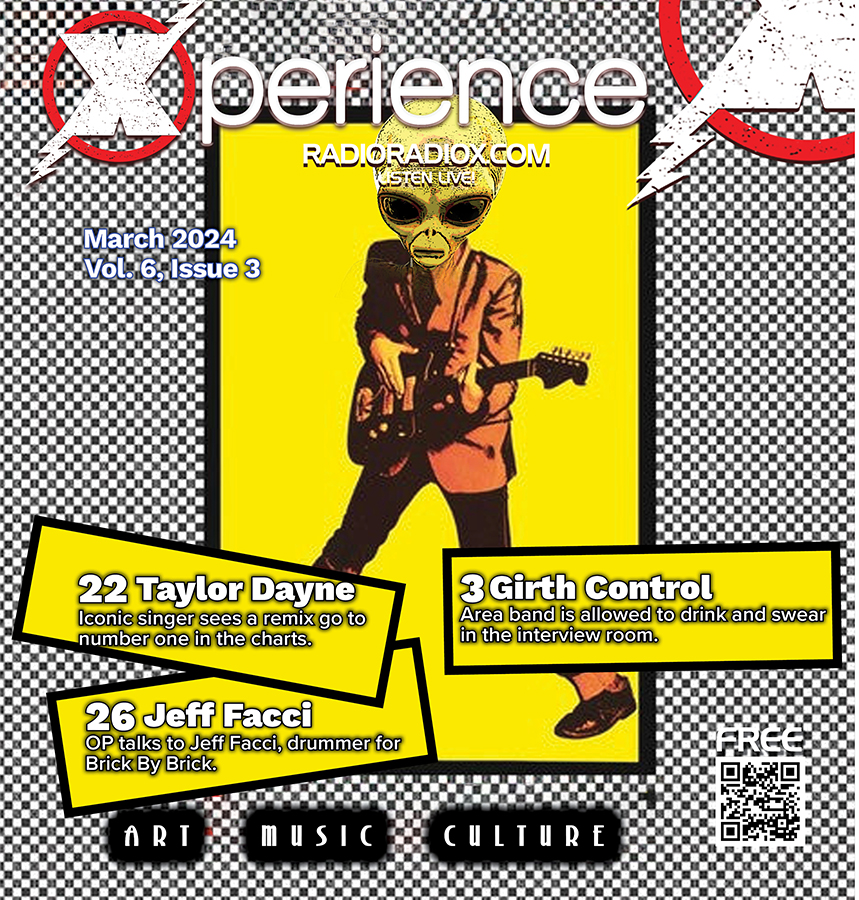
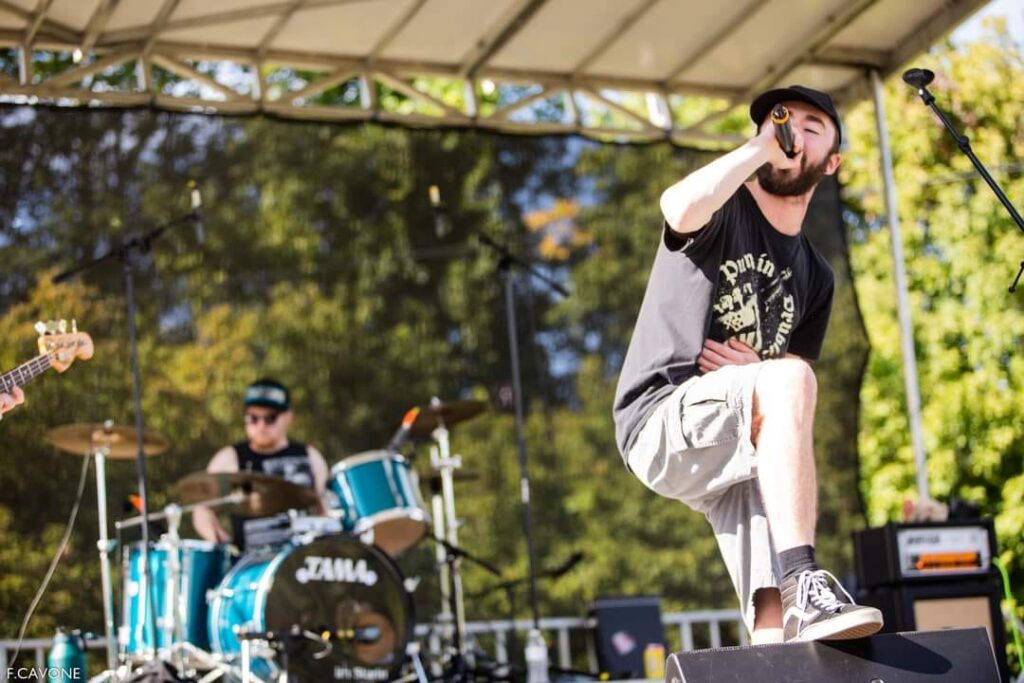
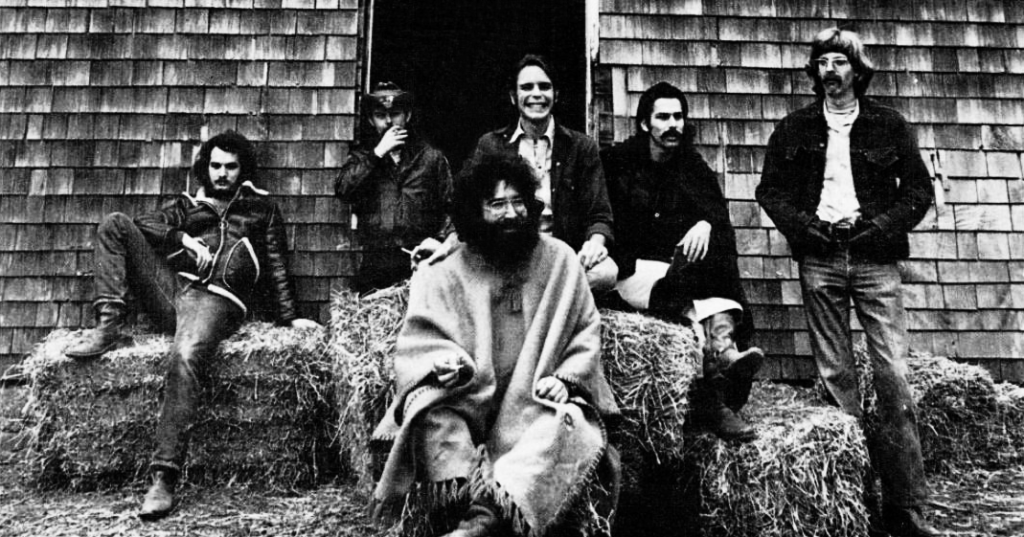
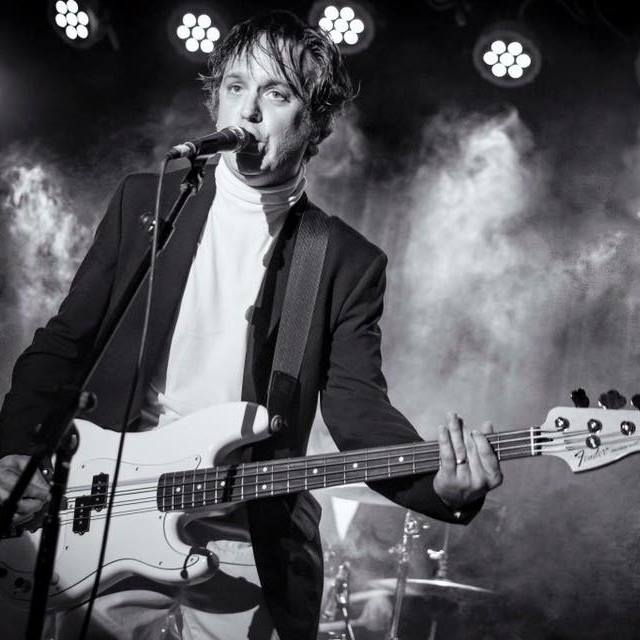
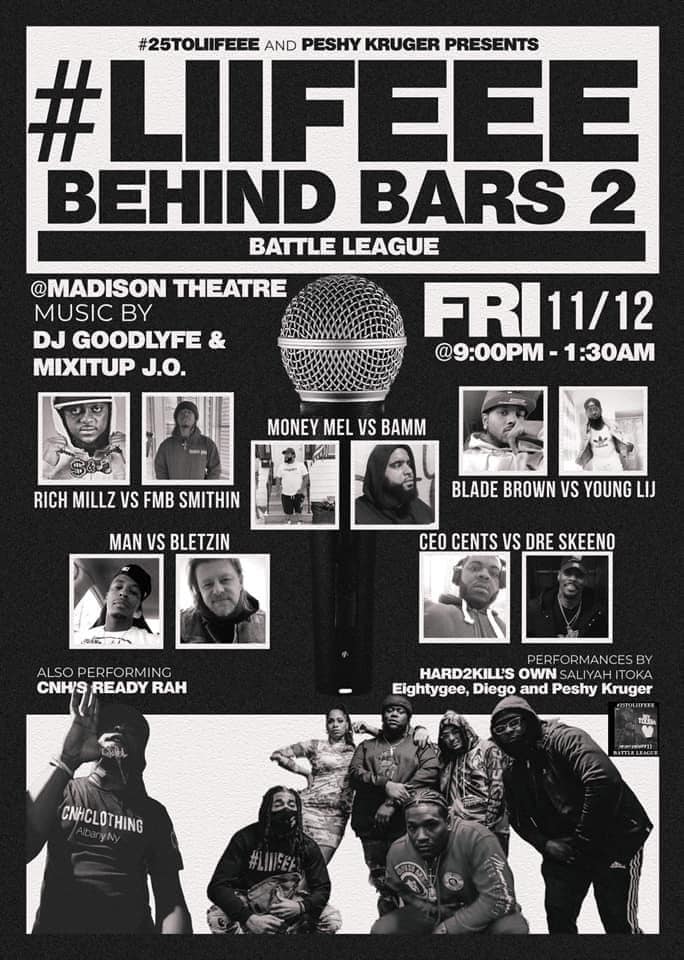
 RadioRadioX
RadioRadioX